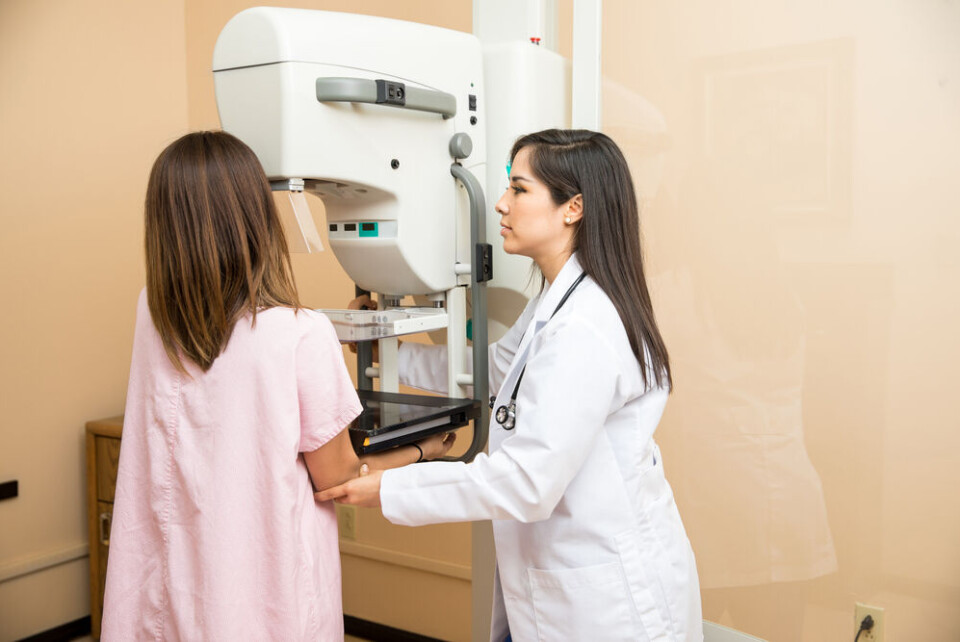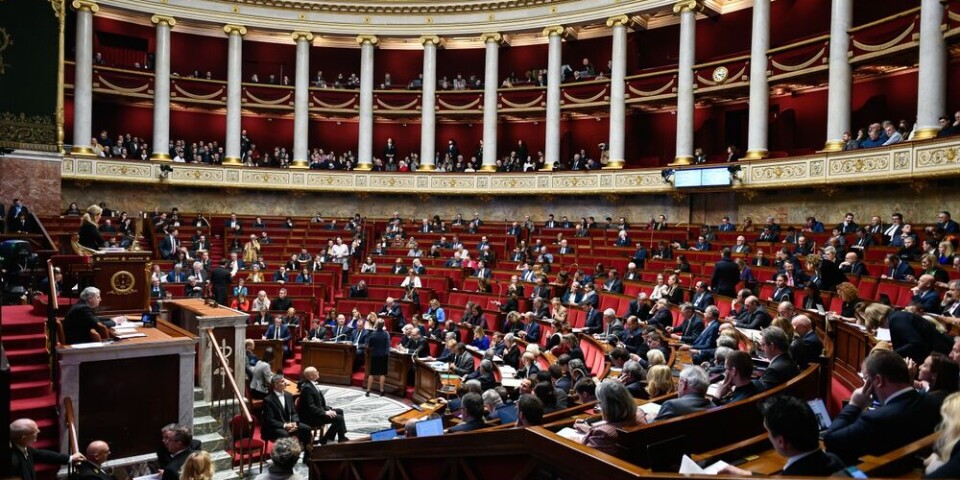-
Doctolib phishing alert: how to spot scams and what to do if targeted
Millions of users have been warned to watch out for unofficial email addresses and suspicious message links
-
Number of reimbursed sessions with a psychologist increases in France
People can benefit from 12 consultations without requiring a referral from their GP
-
French MPs back plan to make new doctors set up in underserved areas
The controversial bill has been adopted in parliament, but many medical professionals are opposed
Who gets called for a mammogram in France? Is it free?
Scans are recommended every other year for women aged between 50 and 74

Reader question: I recently turned 50 and have received a letter inviting me to have a mammogram. Why is this, and what can I expect?
Mammograms are X-rays that are used to detect abnormalities in breast tissue, particularly cancer.
Eight out of 10 breast cancers occur in women aged 50 and over.
That is why France’s national screening campaign sends letters every two years to women aged 50-74 to invite them for free mammograms.
Outside those ages, you are not eligible for free screening, but a doctor can prescribe a mammogram at any age if they consider it necessary.
Transgender women who have taken feminising hormones for at least five years, or who are over 50, should also have mammograms every two years.
If you are not yet menopausal you may wish to make an appointment at your local radiology centre, health clinic or hospital within 15 days of the start of your period, when your breasts are generally less sensitive.
Examination takes around 15 minutes
On the day of the mammogram, you will be asked questions relating to your family and medical history, current treatments, contraception, the results of your last mammogram if relevant, any risk of pregnancy and any pain.
After entering the mammography room, the radio technician (not the radiologist) will ask you to strip to the waist.
Do not wear deodorant, powder, cream or perfume on your upper body, including underarms, on the day of the examination.
These can cause false images which might be mistaken for lesions.
You should also remove any jewellery that could interfere with the results.
For the X-ray, the radio technician will place your breast on the mammography plate before a second plate compresses it.
The technician will tell you when to stop moving and hold your breath while the images are taken. The machine then rotates to take an angled image of the breast.
The same steps are repeated for the other breast.
The entire procedure takes around 15 minutes. If you have implants, you must tell the technician, as they will need to take additional X-ray images.
Mammograms do not feel very pleasant, but they are not usually painful.
Read more: Medical cannabis gets go-ahead for pain relief in French hospitals
Additional scans not covered by free campaign
Once completed, you wait while the images are checked. Depending on the results you may have to repeat some of them.
If your test is part of the screening programme, the images are automatically read a second time by another radiologist to confirm the results.
In certain situations an ultrasound is also needed – for example, if the density of the breasts makes it difficult to interpret the X-ray correctly.
This scan is not covered by the free campaign. It costs from €40 and is reimbursed at 70% by social security, with the remaining 30% paid by you or your health top-up.
You will be given your mammogram images to take home, keep safe, and bring in at your next scan.
Apart from the two-yearly screening programme (when you should take the letter received in the post to have the procedure free of charge), mammograms cost €66.42, with 70% reimbursed by social security.
In this case, you or your top-up health insurer are responsible for the remaining €19.93.
Breast cancer in men is less common, representing fewer than 1% of all breast cancer cases. Age, family history and rare conditions such as Klinefelter syndrome can be risk factors
























